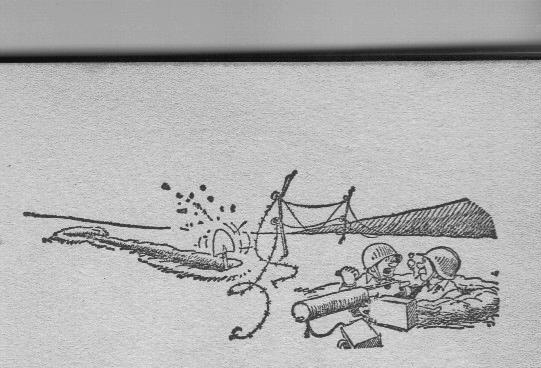By Frederik Pleitgen
CNN
DEUTSCHNEUDORF, Germany (CNN) -- Digging has resumed at a site in the southeastern German town of Deutschneudorf, where treasure hunters believe there are almost 2 tons of Nazi gold and possibly clues to the whereabouts of the legendary Amber Room, a prize taken from a Russian castle during World War II.
Treasure hunters began drilling again Tuesday to try to locate the lost Nazi gold.
1 of 3more photos » Heinz Peter Haustein, one of the two treasure hunters and a member of Germany's parliament, said: "We have already hit a hollow area under the surface, it's filled with water and we are not sure if it is the cave we are looking for."
Digging was stopped more than a week ago amid safety concerns, as authorities and the treasure hunters feared that the shaft might collapse and that the cave -- if it is there -- may be rigged with explosives or poisonous booby traps.
At a news conference Friday, Christian Hanisch, the other treasure hunter, said that geological surveying equipment had located a possible cave about 30 feet under the surface containing "precious metals that can only be either gold or silver. The instruments would not have reacted to any other metal like copper." See photos from hunt for lost Nazi gold »
Hanisch pointed out that his father, who was a navigator in the Luftwaffe, the Nazi air force, was one of the troops said to have been involved in hiding art, gold and silver as the Nazis realized that they would lose the war.
He said that when his father died, he left coordinates leading to the spot in Deutschneudorf.
"It's not about getting the reward," Hanisch said at the site. "I just want to know if my father was right and if my instincts were right."
Don't Miss
Date of Hitler's elevation to chancellor still indelible
Albums catalog Nazi art
Haustein, who is paying for the expedition, said he hopes that finding the gold could lead to the Amber Room, whose interior is made completely of amber and gold. It was looted by the Nazis from a castle in St. Petersburg, Russia, after Adolf Hitler's forces invaded the Soviet Union in 1941.
The room looked so majestic, many called it "the eighth wonder of the world." It disappeared after the war, and today a replica stands in its place in St. Petersburg.
Although parts of the Amber Room have resurfaced, the vast majority remains missing.
Haustein has been looking for the room for more than 12 years. Watch hunt for Nazi gold at German mountain »
"I am certain that large parts of the Amber Room are buried somewhere here," he said.
He said he has collected much circumstantial evidence suggesting that the Nazis hid the Amber Room in old copper mines around Deutschneudorf, but he has no proof.
Haustein said the Nazis began bringing valuables including art, gold and silver to the region around Deutschneudorf as early as summer 1944.
Deutschneudorf is in Germany's Ore Mountains, and the mountain where the treasure hunters claim to have found the Nazi gold was a copper mine until the 19th century. Although the mine was shut down in 1882, geologists found evidence that soldiers from Hitler's Wehrmacht -- the German armed forces -- had been there. The machine guns, parts of uniforms and explosives are on display at the town's museum.
Though both treasure hunters say they are certain they will find cultural goods, both admit that they fear disappointment.
"Of course, if you embark on something like this, you ask yourself: 'What if we find nothing again? What if I was fooled?' " Haustein said. "But every man has to go his own way, for better or for worse."
If they do find the treasure, Haustein says, it would legally belong to Germany, although he would recommend that Germany give any Amber Room parts back to Russia.
Treasure hunters have typically received rewards of 10 percent of the value of the goods found, but Hanisch says there are no laws dictating the reward amount. E-mail to a friend




